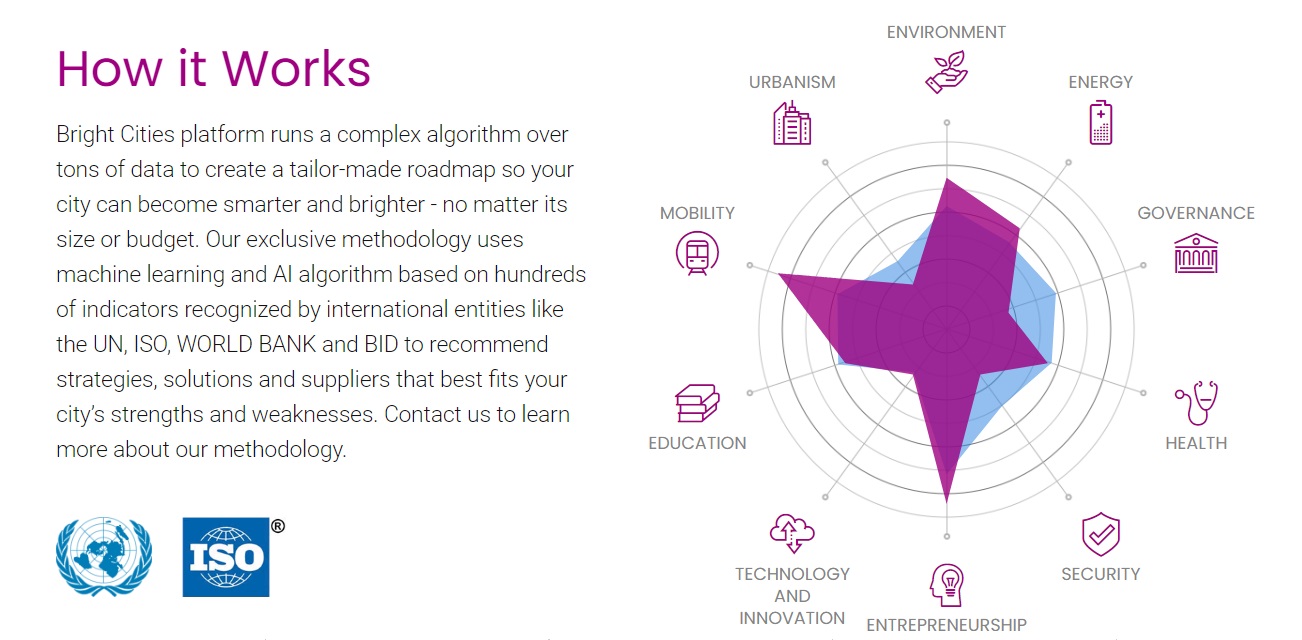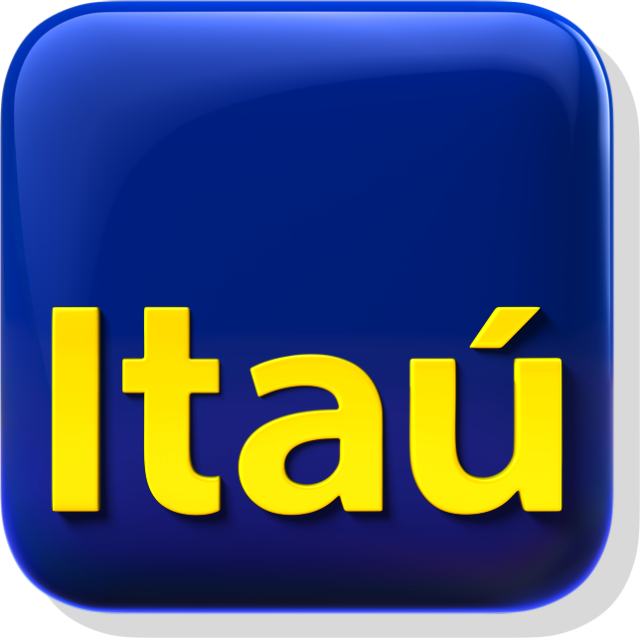Mayors and public administrators from all arounf the world have ten years to consolidate public policies that meet the goals of the Sustainable Agenda 2030
In the midst of so many government plans, each with its own particularities and strategies, it is up to us, citizens, to charge for goals and actions aimed at sustainable and efficient development of public services, urban life and our planet’s resources.
The good news is that a plan like this not only already exists, but is aimed for the whole world: is the 2030 Agenda for Sustainable Development, a global action plan signed in September 2015 in New York, in the United States, by the 193 member states of the United Nations. Its main objective? Eradicate poverty at all scales and guarantee a dignified life for all inhabitants in the planet, always within our limits and available natural resources.

To guide countries towards a more sustainable and prosperous development, the Agenda developed 169 targets distributed in 17 Sustainable Development Goals, the so-called SDGs. Its importance lies precisely in the fact that, until then, world leaders had never before committed themselves in a common effort, involving cooperation and partnerships at an international level, to achieve such broad and universal results.
If, on the one hand, such generality allows any country to adopt the Agenda, on the other hand the great challenge arises: after all, how can we implement such diverse objectives and achieve them by 2030? Furthermore, what role do cities play in reaching them?
As the government representative closest to citizens, municipal management is the protagonist when it comes to developing and implementing actions that directly impact people’s lives. It is also important to point out that, as the global population becomes increasingly urban, it is cities that will ultimately determine the countries’ successes and failures. Building a municipal plan aligned with the SDGs means that the city is committed to being part of a joint and globally relevant effort to make social and sustainable issues important for services and for the public management, always aiming at a better quality of life for people and the planet.
Despite being extremely challenging, the 17 goals are not impossible to achieve. The best tool that a city can have at its disposal is its urban indicators, which can accurately tell whether a specific area of government is able or not to achieve the goals included in the Agenda. An example? Regarding the environment, a municipality can understand whether it is moving towards a more sustainable future based on the analysis of indicators such as the “Percentage of selective residential collection in the city”, the “Percentage of green areas” or the “Total water consumption per capita”.
Most of these indicators are included in technical standards such as those in ISO. This is the case of ISO 37120 – Sustainable cities and communities – Indicators for urban services and quality of life, which helps communities to define sustainable and intelligent development goals. Its Brazilian version was developed with the contribution of Bright Cities, which participates in the Special Study Commission on Sustainable Cities and Communities (ABNT / CEE-268), and has indicators such as the “Percentage of students with complete primary education: survival rate”; the “Percentage of inhabitants of the city with regular supply of electricity” and the “Concentration of fine particulate matter (PM 2.5)”.
These and other Smart Cities standards have already been incorporated into our platform: with a disruptive technology, the tool automatically captures indicator’s data – always from official and governmental sources – to carry out complete diagnostics for a given municipality. Thus, Bright Cities becomes the fastest way for a city to reach the 17 SDGs: once the data is collected, the platform delivers a diagnosis to public managers that shows, in real time, how the city is performing in relation to the goals set by the UN.

We invite you to find out more about your municipality and discover if it is on the right path to fulfill the 2030 Agenda: visit www.brightcities.city and search for the name of your city in the search field. With the participation of people, building democratic and intelligent cities becomes more and more possible every day!


